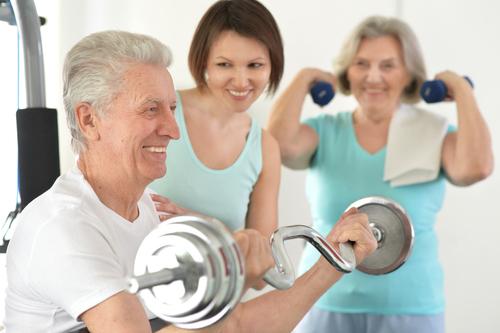
Performing moderate-to-vigorous physical activity (MVPA) plays an important role in the quality of life (QoL) of middle-age and elderly individuals, a study suggests.
Researchers looked at 1,934 participants aged 51–94 years (mean, 70.9 years; 51.5 percent female) from the 2011–2016 Rotterdam Study. These individuals slept a mean of 6.43 hours nightly and spent a mean of 13.54 hours being sedentary.
Daily, the participants performed light-intensity physical activity (LIPA) for 148.11±31.54 minutes and MVPA for 82.72±28.74 minutes. Their mean QoL EQ-5D-3L index score at baseline was 0.87.
Reallocation of 30 minutes from sedentary behaviour, LIPA, or sleep to MVPA was associated with a higher QoL. For instance, spending 30 minutes doing MVPA instead of being sedentary conferred a 3-percent increase in QoL score.
Conversely, reallocation from MVPA to sedentary behaviour, LIPA, or sleep was associated with lower QoL. For example, cutting back MVPA time by 30 minutes and spending it in sedentary behaviour contributed to a 4-percent drop in QoL score.
The present data may have implications for public health, indicating that the associated harm of less MVPA outweighs the benefit of more MVPA. Interventions should focus on preventing a decline rather than increasing PA for middle-age and elderly individuals with already high levels of PA. This could be effective during the colder months of the year, in certain life stages, or after specific life events, when time spent in MVPA typically tends to decline.
Additional studies are needed to explore causality.